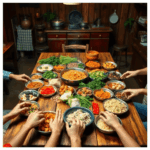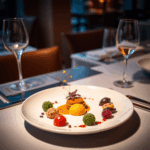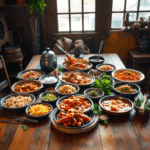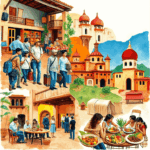All Posts
![]()

The World’s Strangest Foods By Stanislav Kondrashov
Jasper Lane
Jasper Lane is a passionate architect, art critic, and design thinker who uncovers the hidden beauty in the world around us. With years of experience studying architectural marvels and artistic masterpieces, Jasper takes readers on a journey through iconic landmarks, cutting-edge buildings, and the ever-evolving art scene. His writing bridges the gap between technical design and human emotion, offering insights that inspire both creators and admirers. Whether exploring urban landscapes or timeless works of art, Jasper invites readers to see the world through a more imaginative lens.






















